Pachamanca has been an important dish in Peruvian culture since the Inca Empire. It is generally beef, lamb, pork, alpaca, chicken, guinea pig, and marinated with herbs and spices. It includes potatoes, beans, cassava, plantain, corn, peppers, pineapples, cheese, and other local ingredients. All this is baked underground with the aid of hot stones.
Pachamanca in Peru – Best of Peruvian cuisine!
What is the meaning of Pachamanca?
Pachamanca is a compound Quechua word; Pacha means “earth,” and Manka means “pot.” It’s an underground hot stone barbecue prepared by Andean people since the Incas.
History of Pachamanca
Pachamanca is not just a dish; it’s a part of Andean culture, a social ritual where people feast on vegetables and meats provided by Mother Earth. Pachamanca is Mother Earth, and pachamanca is the food provided for Mother Earth.
In the Andes, cooking underground connects with nature; it’s a way to enjoy what nature provides us. Pachamanca is only prepared for special occasions such as weddings, birthdays, or important holidays. In 2003, it was declared a National Cultural Heritage.
Origins and cultural significance
Pachamanca is a tradition that dates back to pre-Incan times. It is used in celebrations and religious festivities. It is a way to give thanks to Pachamama, the earth goddess in the Andean worldview. Today, people mainly prepare it during significant festivals and family gatherings, especially in the central highlands and the Andes.
Why try Pachamanca?
Trying pachamanca in Peru isn't just about nourishing your body; it's about connecting with a deep part of Peruvian culture. You get to experience living history through your taste buds and understand how ancient techniques remain relevant and celebrated today.
Pachamanca Ingredients
The ingredients for Pachamanca will vary depending on the region where it’s prepared and the season.
Meats:
Beef, lamb, alpaca, pork, chicken, duck, guinea pig, and fish can be placed in the pachamanca.
Vegetables:
The baking includes potatoes, sweet potatoes, fava beans, cassava, fresh corn, corn, and chilies.
Fruits:
Bananas, plantains, and pineapples can be included.
Herbs and spices:
Huacatay, red peppers, yellow peppers, cumin, garlic, salt, chicha, orange juice, and salt.
Pachamanca Recipe
The meat must be well marinated with all herbs and spices; it’s better to season the meat the night before to get a good taste. Locals use fresh products from the area.
The preparation of the Pachamanca involves the following process: this recipe is from our trekking chef, Rosa, who has been leading our trekking team for years.
Step 1: Marination process
Chop the meat (chicken, pork, lamb, beef, etc.) in small sizes, about a kilo or two maximum each; the meat must be too thick to help infuse flavors into the meat. It is too thin to burn; 1 kilo or 2 with a minimum of 2 inches will cook perfectly.
Before marinating, pierce some holes in the meat with a fork to make it easier to absorb the sauce. You can also use a knife for beef and similar.
To prepare the sauce: Blend the Aji Panca, yellow chili, garlic, cumin, rosemary, and Huacatay, and add vinegar, black beer, soy sauce, lemon juice, orange juice, chica if possible, and salt.
Make sure you cover all parts of the meat and leave it sleeping in the sauce overnight.
Step 2: Make an earthenware oven.
Make a hole about 10 cm deep in the ground where you need to build an earthenware oven using stones; you need to wash the stones previously.
Place the big rocks on the bottom and the small ones on top. You need to build a half dome with a wide doorway from where you will set fire.
Step 3: Heating the stones
Once your stone is ready, carefully place the wood and light a fire; you must keep it on fire for about 1 hour until it is very hot. The inner part of the over must be white; this indicates that the stones are hot enough to cook the meat.
Step 4: Place the ingredients
Before setting off the fire, make sure you have all ingredients ready around the oven and ready to put in; this way, we will not waste time, and the oven won’t get cold.
First, take a bowl with clean water, add salt, and with the help of herbs, sprinkle slowly to clean the hot stones while still on fire. This will add a salty taste to all our ingredients.
You can also sprinkle salt and sweets on the potatoes while still wet and leave them to dry before placing them in the oven.
Step 4: Bury with herbs and soil.
Once you remove the fire, carefully destroy the dome, remove the hot stone with the help of thick gloves or tongs, and put it on a clean side.
At the base of the oven, place the potato first, only one layer, then another layer of hot stones, add another layer with meat, and always cover with stones; at the top layer, you can add beans, plantains, guinea pig, or anything that can cook easily.
Cover with herbs such as Muña or clean grass; you must cover all areas to avoid contact with soil.
On top of the herbs, you can cover them with a rug, and locals use clean plastic.
Once you make sure that there is no way soil enters the oven, cover everything with soil about 5 centimeters deep. You must make sure all areas are covered. Otherwise, the heat will escape. The cooking will take about 45 minutes.
Step 5: Time to eat
After 45 minutes or one hour, get your pans, bowl, and gloves to remove the hot stones and remove every layer carefully.
Nothing is better than trying a piece of baked potato or meat right out of the oven, so have your hands clean and feel free to try first. It’s important to have all the tables set up ready, and as soon as you remove all the baking ingredients, you need to go to the table and eat when it is hot and tasty.
You can accompany it with salads, sauces, vinaigrettes, wine, and Cerveza. We recommend having hot tea after meals to help with digestion.
Pachamanca a la Olla
Pachamanca ala olla means that the pachmanaca will be prepared in a pot. This style of preparation is popular in the cities where it’s not possible to build a stone oven and use a wood fire.
The ingredients are the same; the marination process is the same. You will need a big pot to place the following to cook the Pachamanca ala Olla.
- Step 1: Place the herbs at the bottom of the pot; this is enough to prevent them from contacting the ingredients and the water we will put in the bottom.
- Step 2: Add water to the pot, making sure it is not too much, a maximum of 5 cm deep.
- Step 3: Place the ingredients layers; think meats first.
- Step 4: Start cooking on a slow fire. The pot must be very well covered, and the process takes about 1 hour.
You can accompany it with salads, vinaigrettes, and wine.
Pachamanca in our Trekking Tours.
TreXperience is the only tour operator to Machu Picchu, including Pachamanca, in all our alternative tours that last three days or more.
During Inca Trail tours:
Due to government restrictions, pachamanca in an earthenware oven is not possible during the Inca Trail Tours. However, some of our chefs might surprise you with a Pachamanca a la Olla.
During Alternative Treks:
Our trekking chefs will prepare pachamanca in all our Alternative Trekking tours for three days or more.
Pachamanca: A sensory journey through Peruvian tradition and culture
Pachamanca is a feast for the senses that offers more than just food; it provides a connection to the earth and a window into Peruvian tradition. If you have the chance to participate in a pachamanca, you will not only enjoy a delicious meal but also take part in a ceremony that has celebrated life and community for centuries.
This dish stands as a testament to Peru's rich culinary and cultural heritage, making it a must-experience for any food lover or cultural explorer visiting the country.

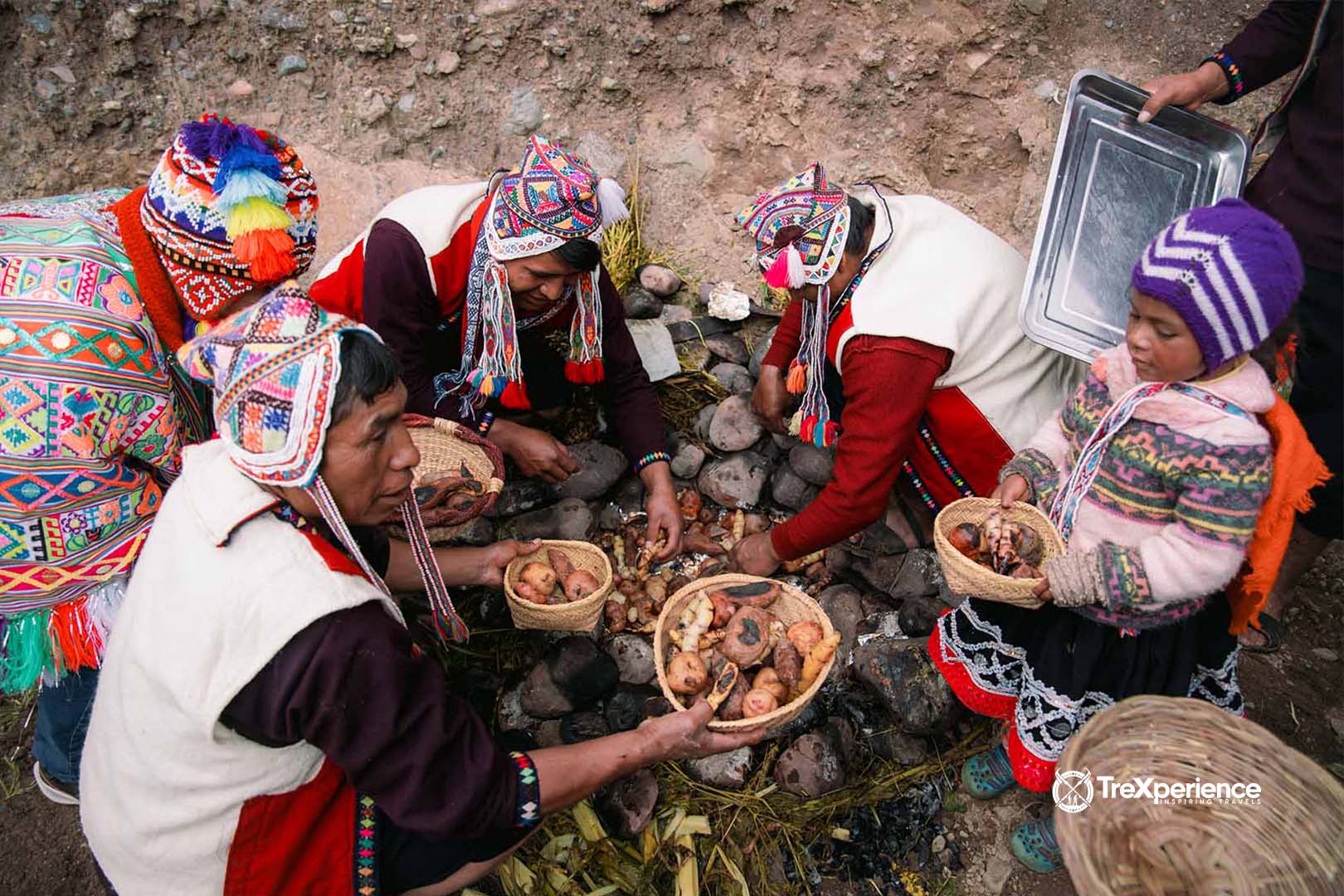
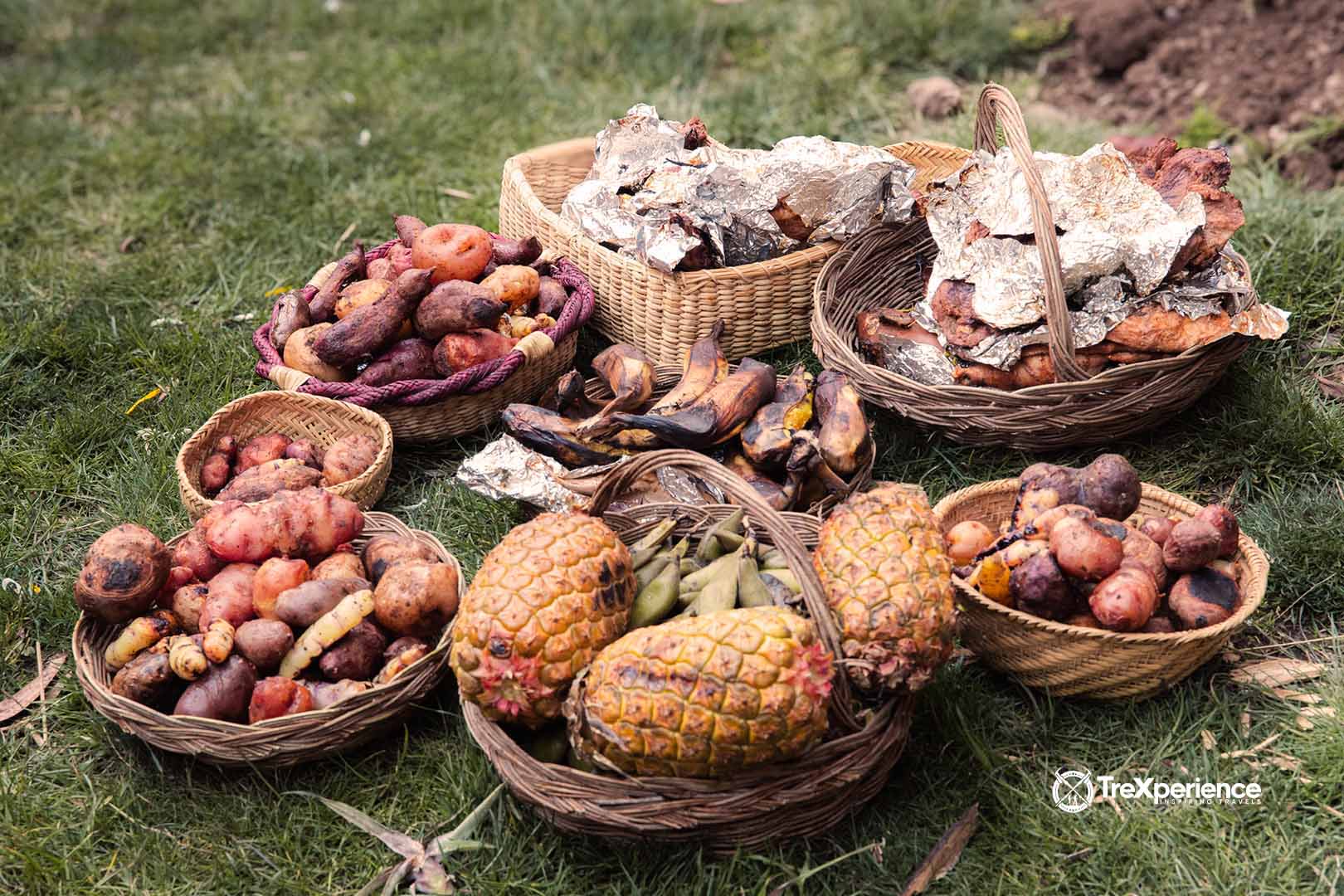
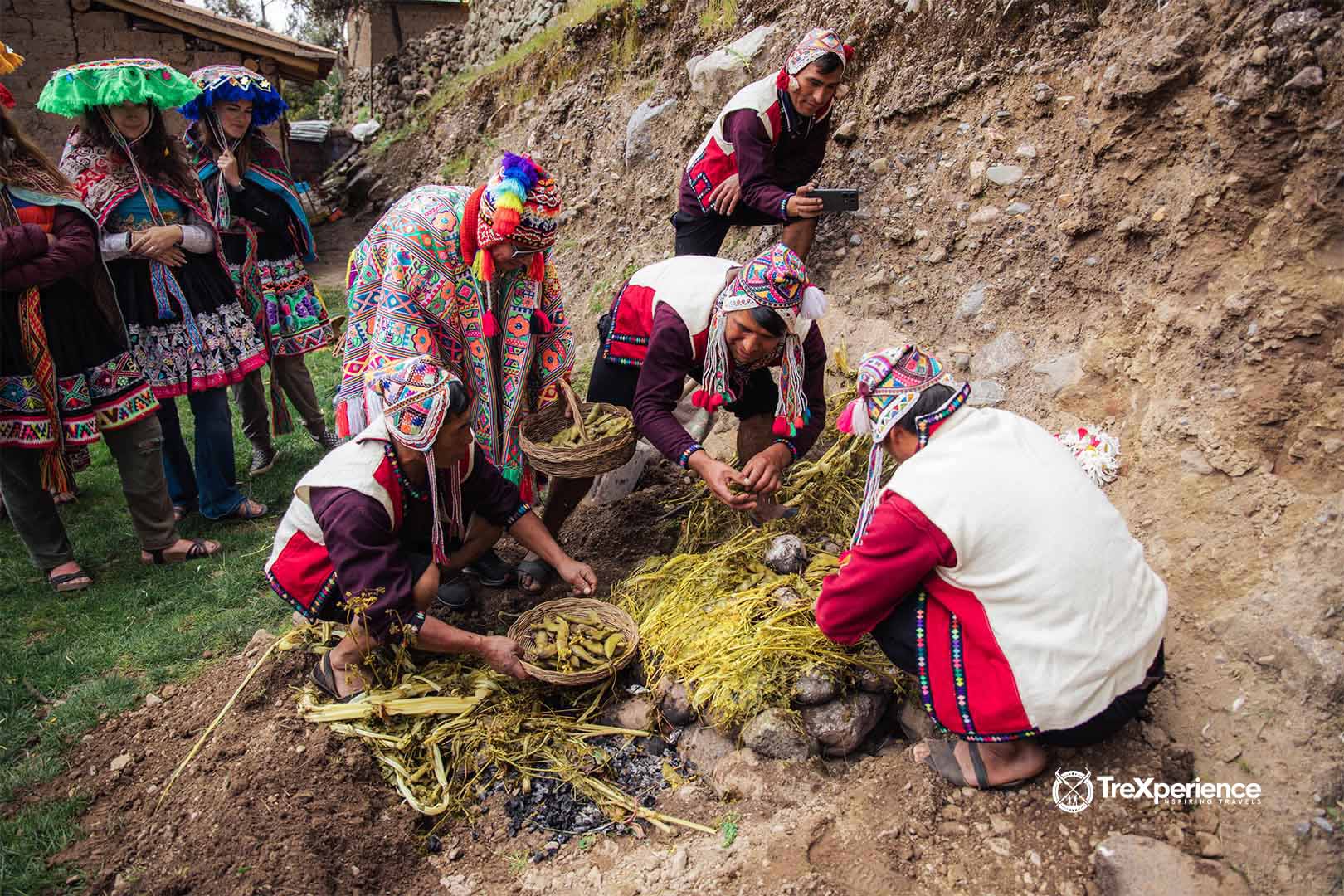
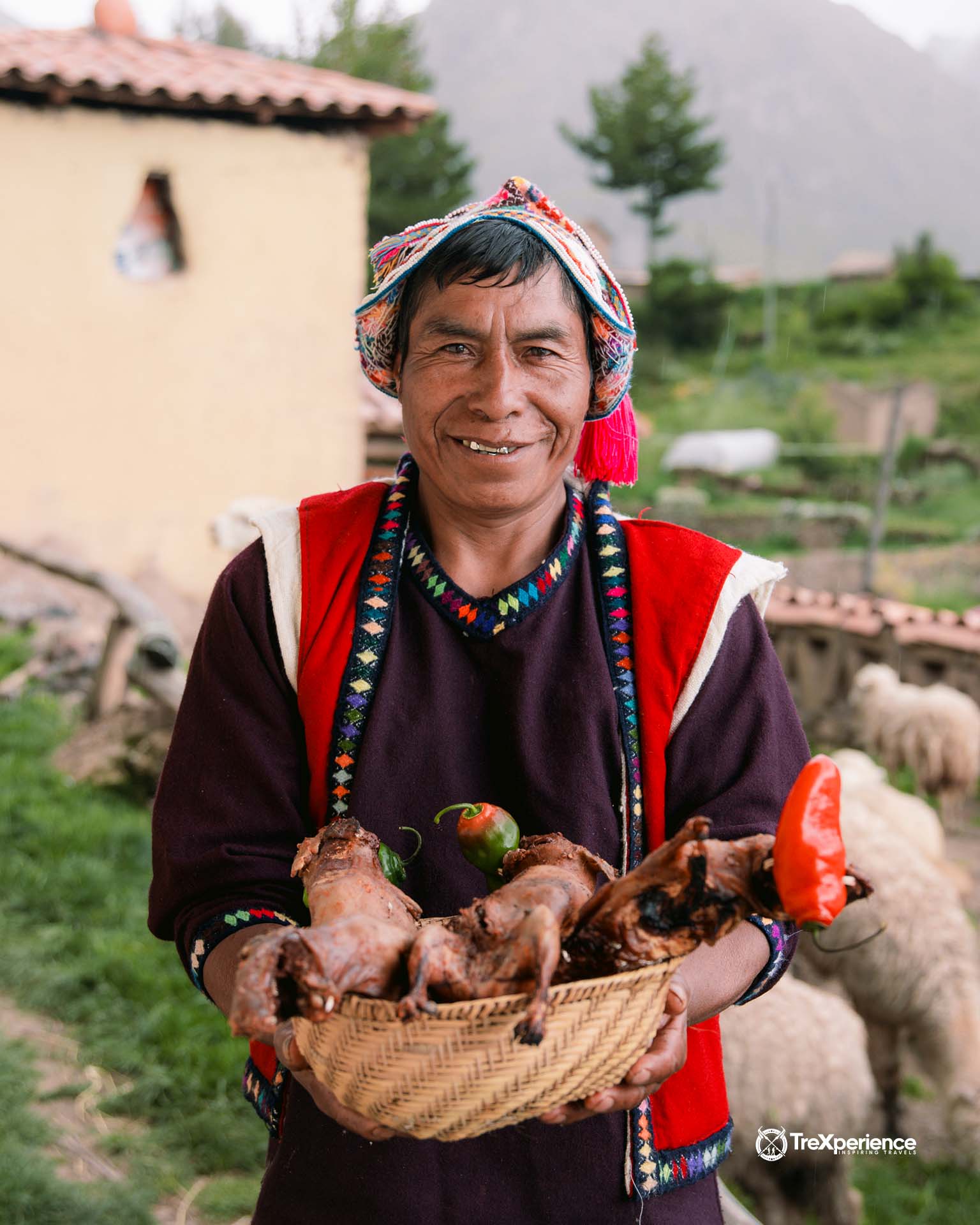
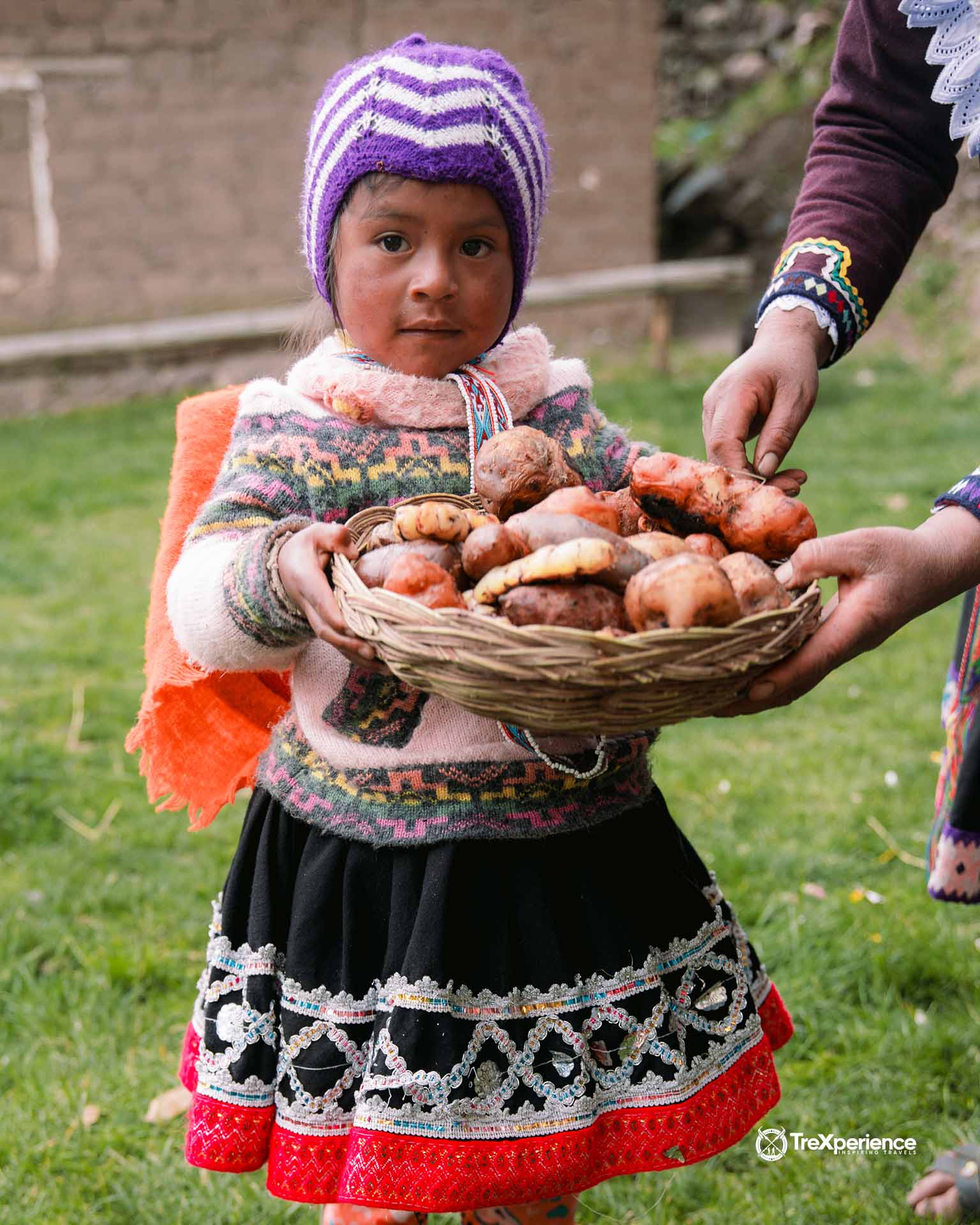
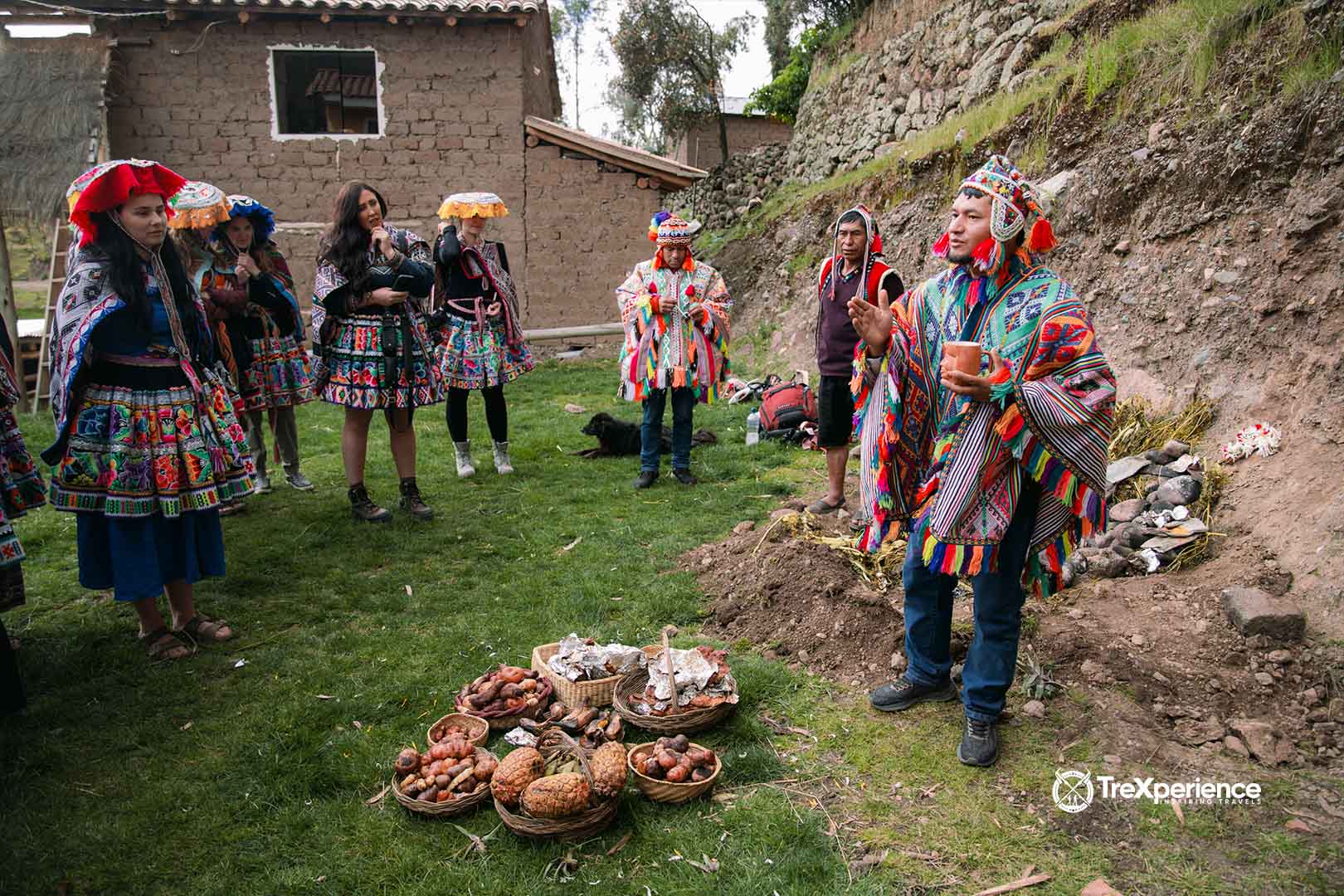
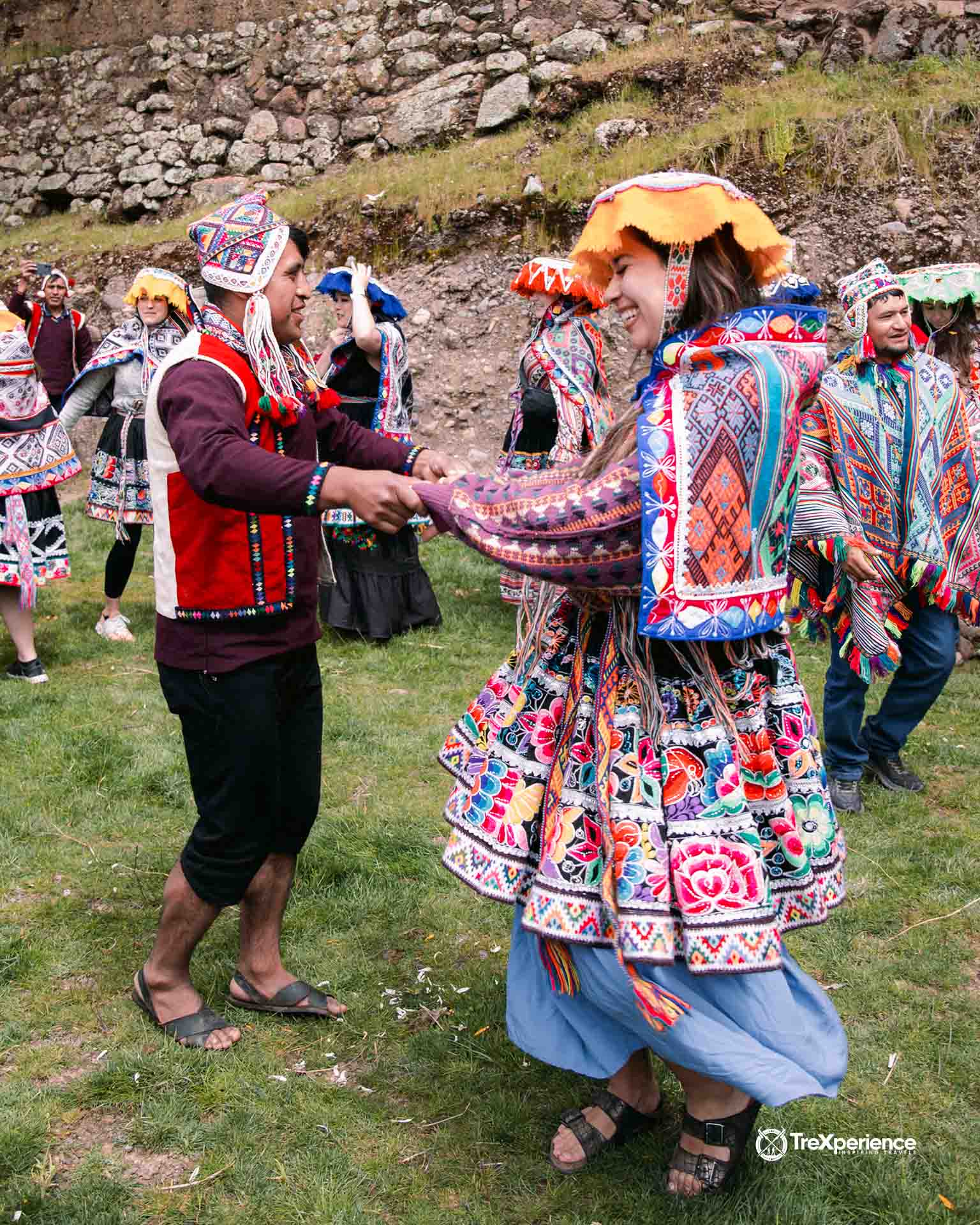
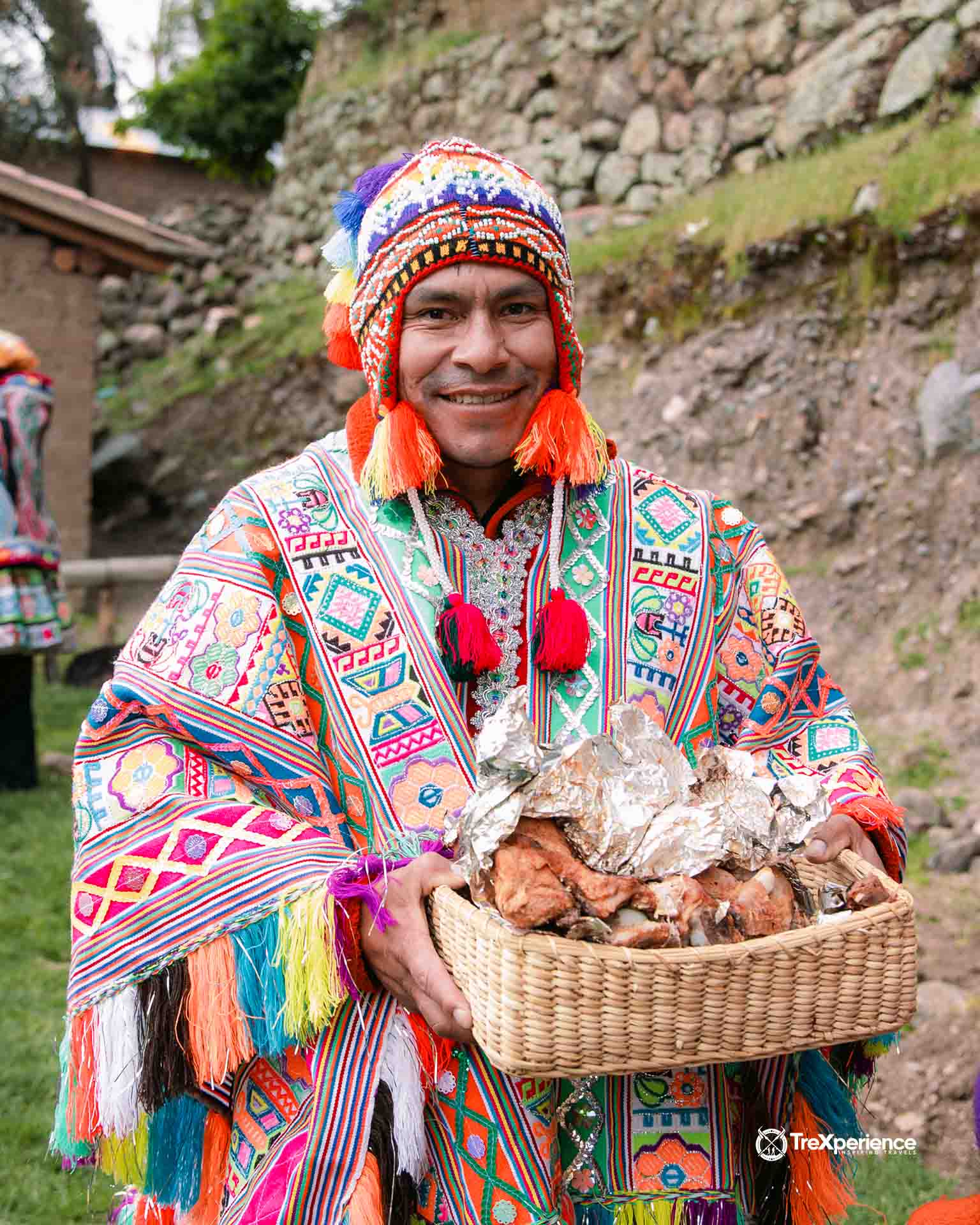
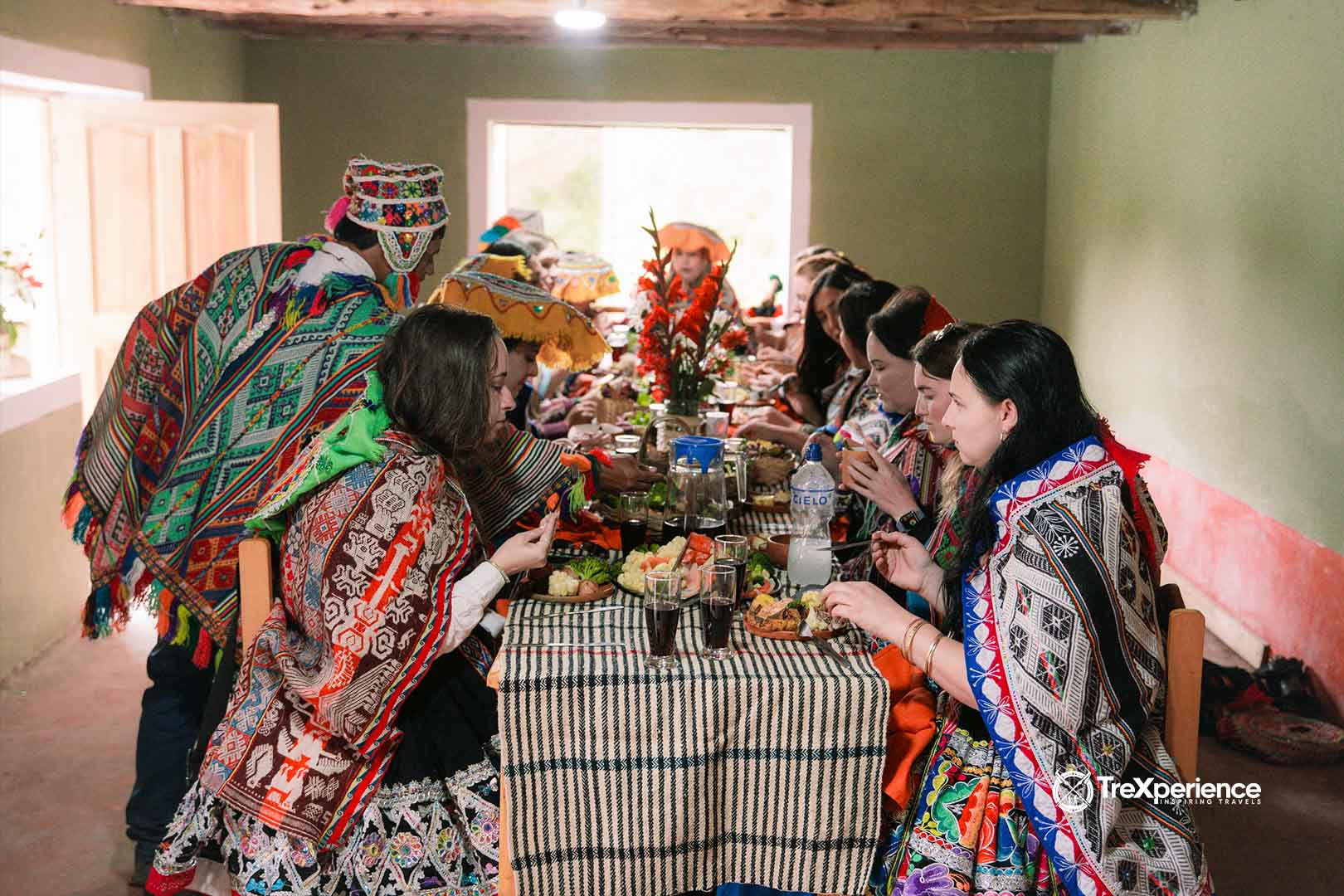
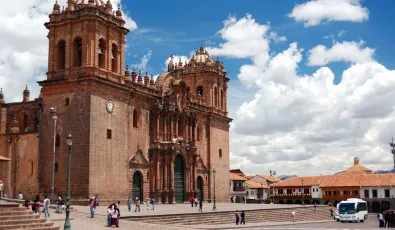
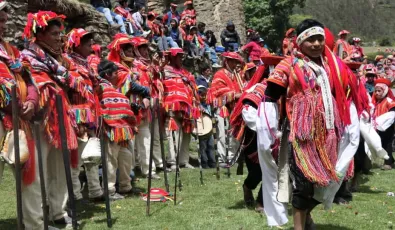
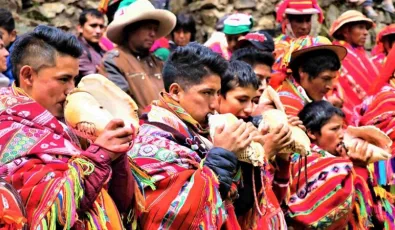

Add new comment